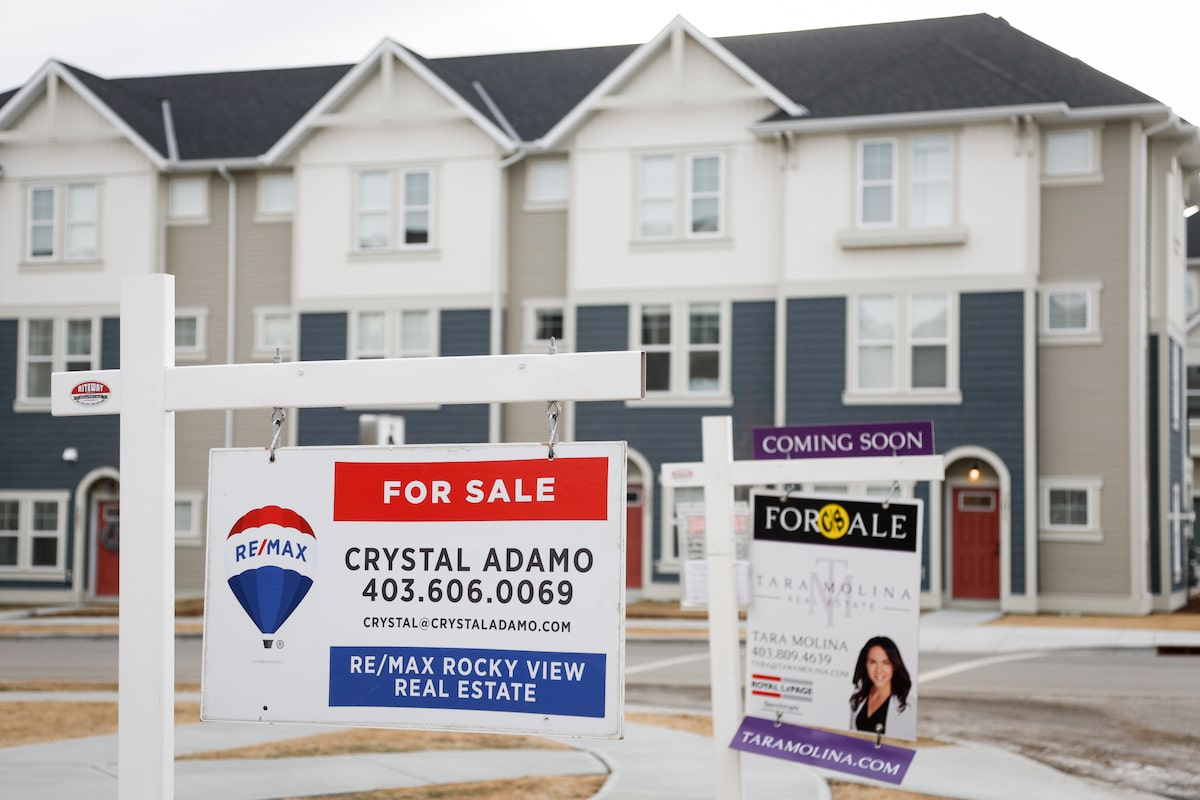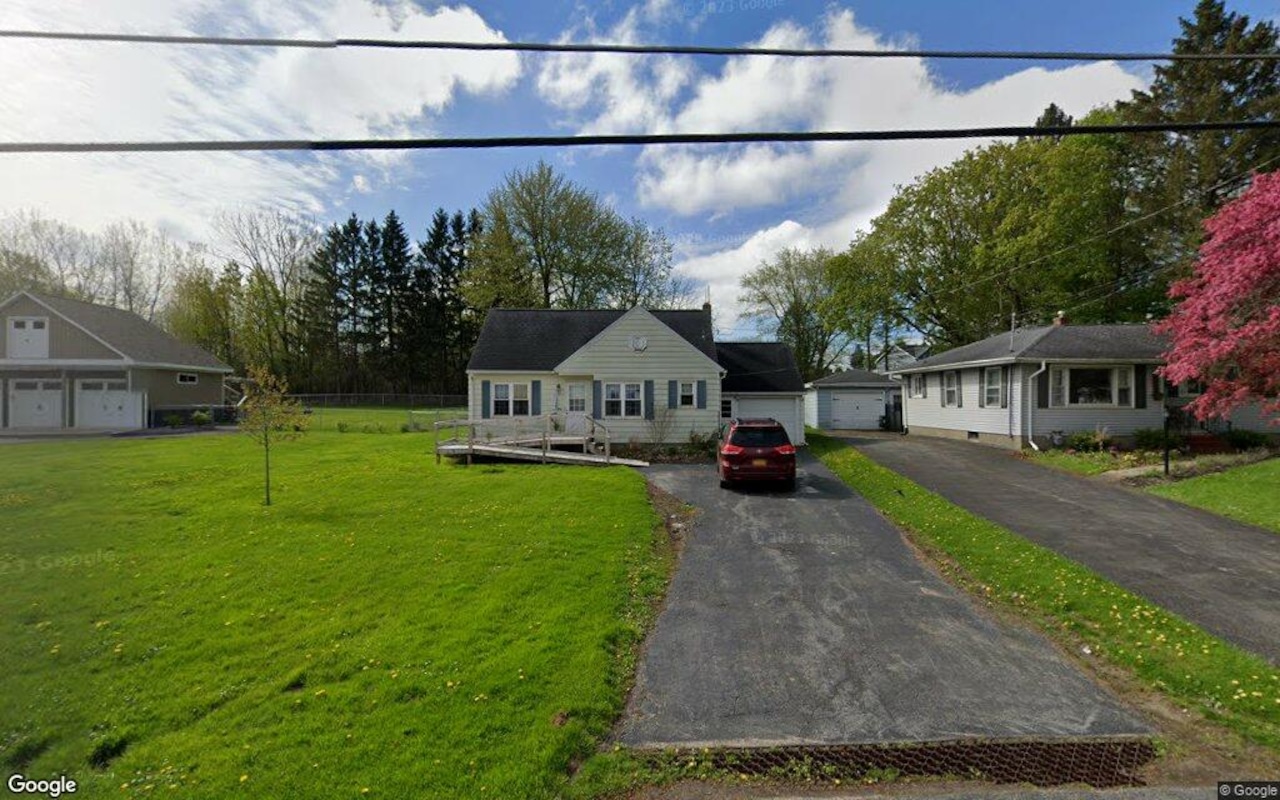R
enting has its advantages, but the current market is defying expectations. Typically, about half of apartment renters in large cities move when their leases expire, but that's not happening now. According to real estate analyst Alex Goldfarb at Piper Sandler, some landlords are seeing turnover rates as low as 30%, compared to the industry norm of 50%. This is attributed to factors such as an unaffordable for-sale market, limited rental supply on the coasts, economic uncertainty, and a shift towards suburban apartments.
As a result, landlords are securing better renewal prices, improving their cash flow due to lower turnover costs. These costs include repairs, painting, and cleaning. Goldfarb recommends Essex Property Trust and Equity Residential, citing their large West Coast presence and the rebound of cities like San Francisco and Seattle driven by tech companies' return to office mandates.
The multifamily REIT sector is also benefiting from a surge in demand, with rents increasing 0.9% year over year in the first quarter, according to CBRE. This is due to strong positive net absorption, which has not been seen since 2000. The vacancy rate has dropped to 4.8%, below its long-term average of 5%. Kelli Carhart, leader of multifamily capital markets for CBRE, notes that this marks a crucial turning point in the sector, driving investor confidence and increased investment activity in 2025.















